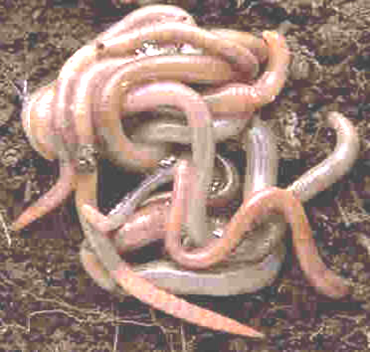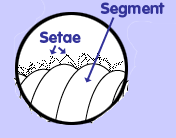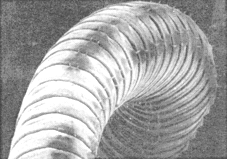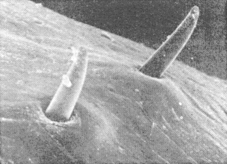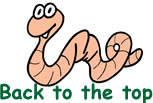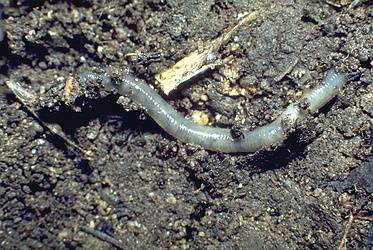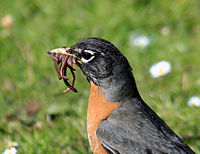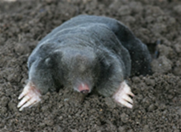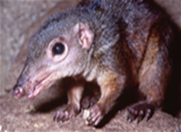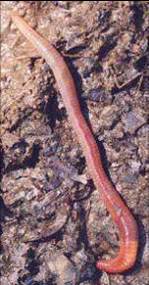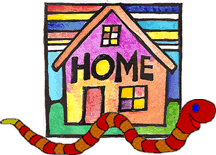|
|||||||||||||||||||||||||||||||||||||||||
|
Worms are long,thin and slimy. Since a worm has no bones, arms or legs their body feels squishy. Worms have a top and a bottom end. Their top end is known as their anterior. This is where their mouth is. Worms have no teeth in their mouth! Their bottom end is called the posterior. A worm's waste is passed through their posterior. Their waste is called castings.
A worm has many little rings across its body. They are called segments. If you look at these segments closely you will see tiny hairs or bristles. These are known as setae. Underneath a microscope this is what segments and setae look like .
Worms do not have a nose or lungs like we do but they do need oxygen to stay alive. Instead, they breathe through their skin. They take in oxygen through their skin. A worm's skin must be wet to take in oxygen but if there is too much water around it, the worm could drown. Therefore, it is important that they keep their skin wet and slimy so they can take in the oxygen they need to survive. This is why most worms are found in soil which is moist. If a worm's skin dries up, it can die!
Would you believe, worms have FIVE hearts?! Their FIVE hearts, just like our heart, pump blood and oxygen all around their body. Click here to watch a short movie showing a worm's five hearts pumping.
Worms cannot move very quickly since they have no legs. They move from place to place by sliding on their tummy. A worm's body is covered with muscles that help it move. When a worm wants to move, the muscles around its body squeeze together. This makes the worm's body become longer and thinner. Then the worm's front end (anterior) moves forward. The other muscles along the worm's body pull its bottom end (posterior) towards the anterior. The setae (tiny hairs) on their body also help them move. These tiny hairs are great for clinging to the ground making it easier for the worm to move.
Worms can be found all over the world. Worms can live in the soil, in leaf litter, inside rotten logs, under stones and bits of wood. They also live on trees and bushes. Worms need moisture to survive. Moisture keeps their skin wet and slimy which helps them to breathe.
Worm in damp soil
Worms like to eat soil, sand and mud as they tunnel through it. They also enjoy eating dead leaves and other bits of plants. Worms enjoy eating and can even eat their own weight of food in a day! Unfortunately for worms, lots of animals like to eat them! Who eats worms? Worms have three main enemies. They are birds, frogs and humans! Birds love to eat worms. The birds wait for the worms to peep their heads above the soil and then they catch them and eat them.
Frogs, moles and shrews also enjoy eating worms. Click on their pictures to see a larger image.
How do worms help plants grow?
|
||||||||||||||||||||||||||||||||||||||||






